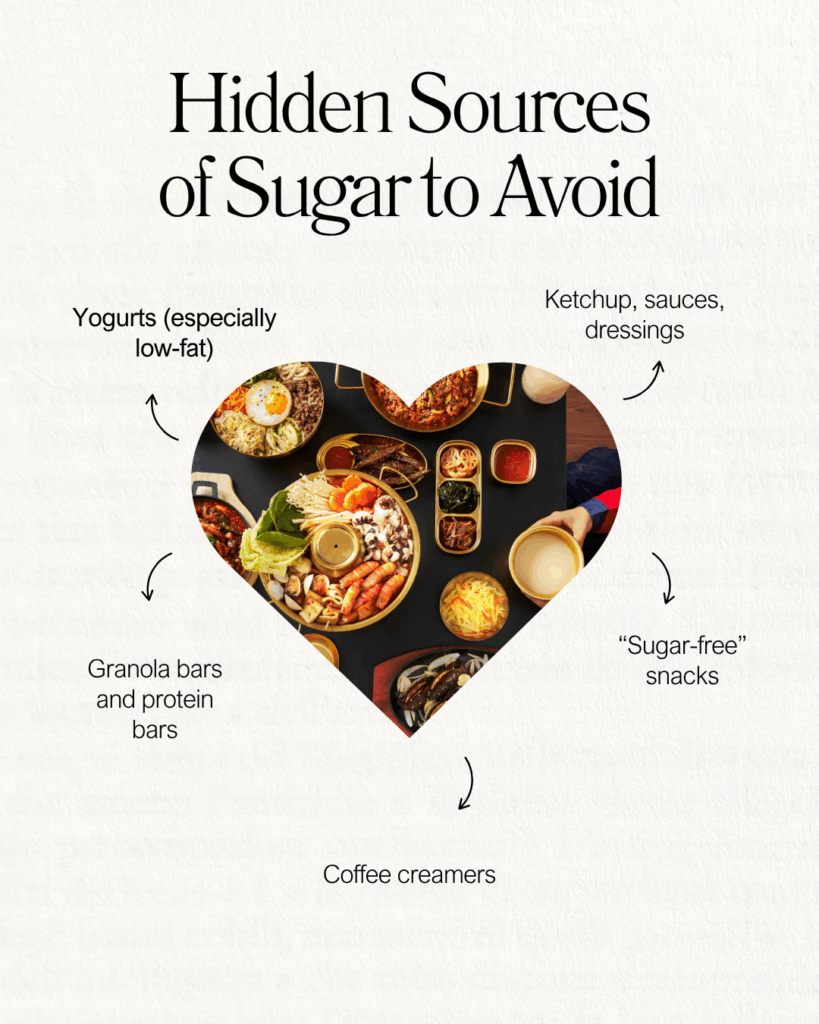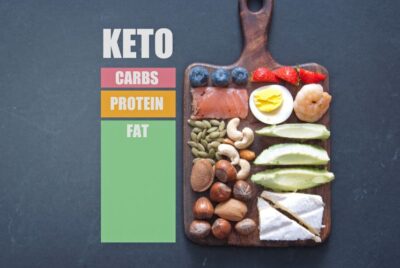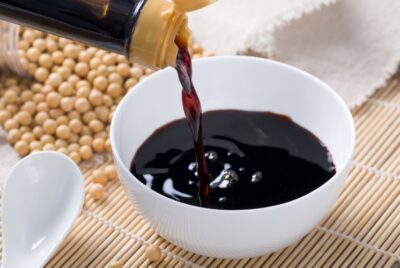How Much Sugar Can You Have On Keto?
Introduction
If you’re curious about the keto diet and how much sugar is allowed, you’ve come to the right place. As a keto enthusiast, I can provide some insight! The ketogenic diet is all about low carbs, high fats, and keeping your body in a state of ketosis—where you burn fat for fuel instead of glucose. But where does sugar fit into that picture? Can you have any sugar on keto? And if so, how much?
Here’s everything you need to know about sugar on the keto diet—what’s allowed, what to avoid, and how to make smarter choices without kicking yourself out of ketosis.
How Much Sugar Is Allowed on Keto?
There’s no official “sugar limit” on keto—because what matters is total net carbs, not sugar alone. That said, most keto dieters aim to:
- Keep net carbs between 20–50g per day
- Limit added sugars as much as possible (ideally 0g daily)
Here’s a quick reference:
| Type of Keto | Daily Net Carbs | Suggested Sugar Limit |
|---|---|---|
| Strict Keto | 20g | 0–5g (ideally 0g) |
| Moderate Keto | 30–40g | Up to 5g |
| Lazy Keto | 50g | 5–10g (from natural sources only) |
In a keto diet, carbohydrates are minimized to encourage the body to enter a state of ketosis, where it burns fat for energy.
Types of Sugars: Which Are Keto-Friendly?

Hidden Sources of Sugar to Avoid
Even “healthy” foods can contain sneaky sugars. Watch out for:
- Yogurts (especially low-fat)
- Ketchup, sauces, dressings
- Granola bars and protein bars
- “Sugar-free” snacks (some contain maltodextrin or dextrose)
- Coffee creamers
1. Natural Sugars: Even naturally occurring sugars, like those found in fruits, can add up quickly. It’s best to eat these foods in moderation.
2. Artificial Sweeteners: Some artificial sweeteners are suitable for a keto diet, like stevia and erythritol. However, it’s still important to use them sparingly.
Tips to Control Sugar Intake on Keto
Controlling sugar intake is essential for maintaining a state of ketosis in a keto diet. Here are some tips to manage your sugar intake:
- Avoid Processed Foods: These often contain hidden sugars. Stick to whole, unprocessed foods as much as possible.
- Read Food Labels: Learn to read and understand nutritional labels. Sugar can be listed under many names such as sucrose, fructose, glucose, maltose, dextrose, and corn syrup.
- Limit Consumption of Fruits: Although healthy, fruits can be high in sugar and might push you over your daily carb limit. Berries are an exception as they are lower in sugar than most fruits.
- Choose Low-Carb Vegetables: Certain vegetables like leafy greens, broccoli, zucchini, and cauliflower are lower in carbs than others.
- Use Natural Sweeteners: If you need to sweeten your food, opt for keto-friendly sweeteners like stevia, erythritol, or monk fruit extract.
- Cook At Home: Preparing your own meals gives you control over what goes into them.
- Hydrate Wisely: Stick to water, unsweetened tea, or coffee. Avoid soft drinks, juices, and other sweetened beverages.
- Mind Your Snacks: Choose snacks like nuts, seeds, or hard-boiled eggs that don’t contain added sugars.
- Watch Out for “Low Fat” or “Fat-Free” Products: These often have added sugars to compensate for the lack of fat.
- Education: Educate yourself about low-carb and keto-friendly foods and incorporate them into your diet.
Remember, the goal of a ketogenic diet is to enter a state of ketosis, where your body is burning fat for fuel instead of carbs. Controlling sugar intake is a crucial part of maintaining this metabolic state.
Dealing with Sugar Cravings
Dealing with sugar cravings while on the keto diet can be challenging, but these strategies can help:
- Eat More Healthy Fats: Healthy fats like avocados, nuts, seeds, and olive oil can keep you feeling full and curb sugar cravings.
- Regular Meals: Ensure you’re eating regular, balanced meals to prevent blood sugar dips that can lead to cravings.
- Sugar-Free Gum or Mints: Chewing gum or sucking on mints can keep your mouth busy when cravings hit.
- Keto-friendly Snacks: Keep keto-friendly snacks like nuts, seeds, or berries on hand. Dark chocolate (at least 70% cocoa) can also be a good choice in moderation.
- Natural Sweeteners: Consider using keto-friendly sweeteners like stevia, erythritol, or monk fruit extract to satisfy your sweet tooth.
- Stay Hydrated: Drink plenty of water. Dehydration can sometimes be confused with sugar cravings.
- Physical Activity: A quick walk or a few minutes of exercise can help curb the immediate desire for something sweet.
- Get Adequate Sleep: Lack of sleep can lead to increased cravings, including sugar cravings.
- Practice Mindful Eating: Pay attention to your hunger and fullness cues. Sometimes, we reach for sugar when we’re not actually hungry, but bored, stressed, or tired.
It’s important to note that sugar cravings are normal in the initial stages of the keto diet as your body adjusts to a lower carb intake. Over time, these cravings will likely decrease. However, if they persist, it might be worth discussing with a healthcare provider or a registered dietitian.
Final Thoughts
On a keto diet, it’s important to keep sugar intake low. Every gram of sugar takes away from your daily carb limit, so use your carbs wisely with nutrient-dense, low-carb foods. By choosing the right foods and handling cravings smartly, you can successfully maintain a state of ketosis and reap the benefits of a keto lifestyle.
FAQs
1. Is any type of sugar okay on a keto diet?
Even natural sugars can interfere with ketosis if eaten in excess. Always monitor your intake carefully.
2. Can I use sugar substitutes on a keto diet?
Yes, but not all sugar substitutes are keto-friendly. Stevia and erythritol are generally acceptable.
3. How can I satisfy my sweet tooth while on keto?
Try keto-friendly desserts like dark chocolate, nut butter, or a handful of berries.
4. Why am I craving sugar on keto?
Sugar cravings can be a sign of carb withdrawal. This usually subsides after a few days on a keto diet.
5. How do I calculate net carbs from sugar alcohols?
Subtract the grams of sugar alcohol from total carbohydrates to get net carbs. However, this isn’t applicable for all sugar alcohols, like maltitol.




